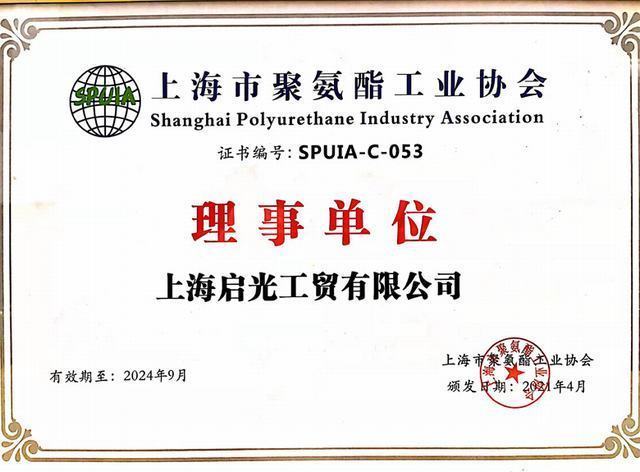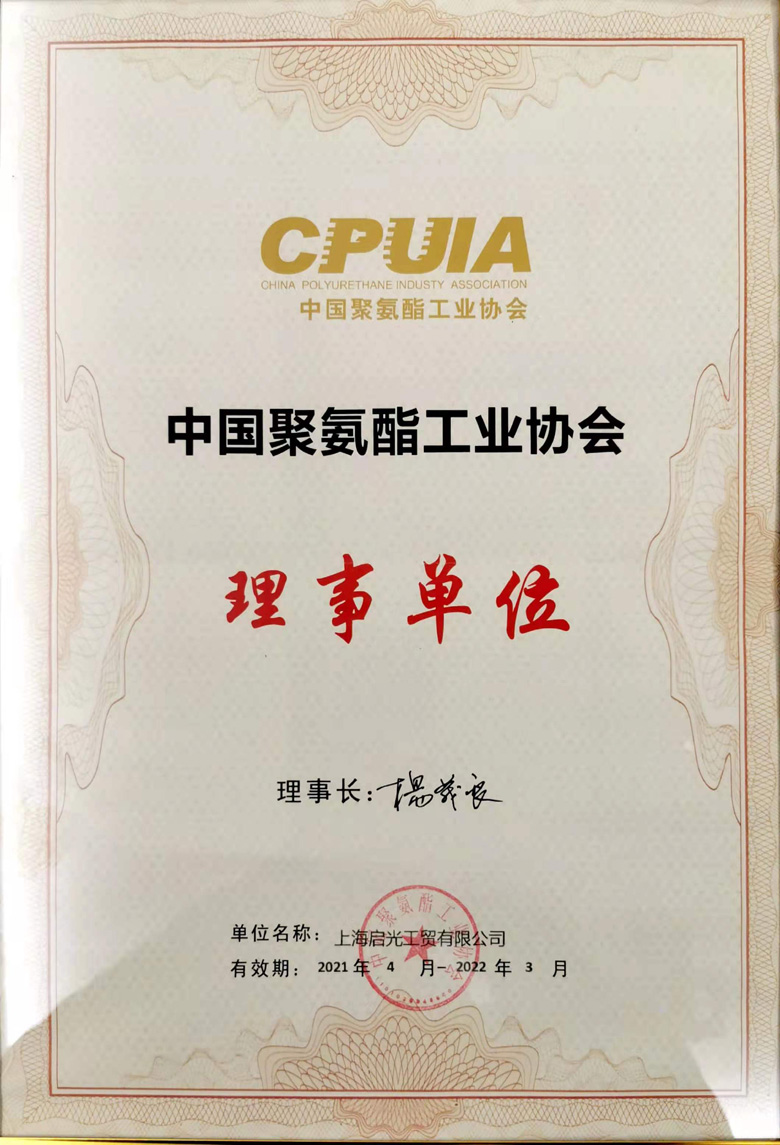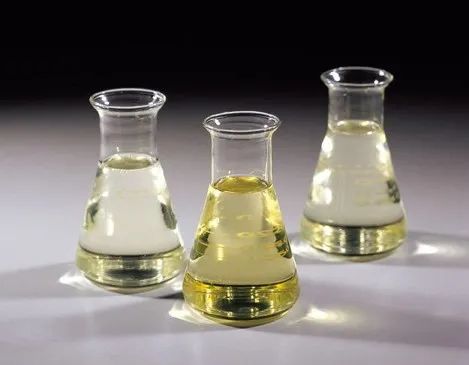What are pesticide adjuvants

Pesticide auxiliaries refer to the general term for substances added during preparation processing or use to improve the physical and chemical properties of pharmaceuticals. They are inactive themselves, are safe for crops, and can increase the control effect and improve the efficacy of medicines.
Types of additives
1. Used for the dispersion of active ingredients in pharmaceuticals: such as dispersants, emulsifiers, solvents, fillers, etc.
1. Dispersant: The dispersant of pesticide powder is an additive that prevents flocculation of powder particles and facilitates dispersion. It is generally some surfactant.
2. Emulsifier: It can make two-phase liquids (such as oil and water) that are originally immiscible, stably disperse one phase liquid in the other phase liquid with very small droplets, forming opaque or translucent Emulsion, the additives that play this role are called emulsifiers, such as calcium alkyl benzene sulfonate, polyoxyethyl fatty acid ester, etc.
3. Solvent: It is a solvent for dissolving pesticide raw materials. It is mostly used for processing emulsifiable concentrate. It requires low toxicity, non-flammability, low cost and wide source. Commonly used ones include benzene, toluene, and xylene.

4. Filler or filler: a solid substance added during pesticide processing to adjust the content of the finished product and improve the physical state. Such as clay, kaolin, diatomaceous earth, talcum powder, etc.
2. Used to increase or prolong the efficacy of drugs: such as stabilizers, synergists, sustained-release agents, etc.
1. Stabilizer: An auxiliary that can inhibit or slow down the decomposition of active ingredients of pesticides, also known as anticoagulant, can prevent the physical properties of pesticide preparations from deteriorating or powder agglomeration, emulsion stratification, etc. during storage.
2. Synergist: When mixed with certain pesticides, it can greatly improve the efficacy of pesticides and is of great significance in preventing and controlling resistant pests and delaying pesticide resistance.
3. Sustained-release agents: Pesticide sustained-release agents can control or delay the release of pesticide active ingredients in time and space, and improve pesticide utilization.
3. Used to increase the contact area with control objects: such as wetting agents, adhesives, etc.
1. Wetting agent: An additive that can reduce the surface tension of water and make it easier for water to wet and spread on the surface of an object, such as tea drying, pulp waste liquid, washing powder, stretch powder, etc.
2. Adhesive: an additive that can increase the adhesion of pesticides to solid surfaces. Increasing the adhesiveness of the agent can improve erosion resistance and long-lasting effectiveness. For example, add an appropriate amount of mineral oil with a high viscosity to the powder, and add an appropriate amount of starch paste, gelatin, etc. to the liquid pesticide.
4. In addition, there are safeners, also known as antidotes, that increase the safety of pesticide use, which can reduce pesticide harm, penetrants, foaming agents, defoaming agents, antifreezes, and colorants in preparations.
Environment, population, and food are three major issues facing sustainable development in the 21st century, among which the contradiction between population growth and food shortage is particularly prominent. A United Nations population forecast shows that the world’s population will exceed 9 billion in 2050, and food by then will be more than double the current food production. How to improve the productivity per unit area of cultivated land has become a major issue that countries, governments and scientists need to solve urgently.
In the process of grain production, diseases, insect pests, weeds and other harmful organisms are the main factors that affect crop production and reduce grain yield and quality. The use of pesticides can not only restore crop losses and improve economic benefits, but also save labor and reduce production costs. Pesticides are indispensable agents for modern agriculture, ecological protection and health protection.

In the context of ensuring spring farming and maintaining national food security, and on the premise of ensuring environmental friendliness,Developing and screening pesticide formulas based on the characteristics of the original drug that can fully exert the drug effect and increase the dispersion and penetration of the drug are topics that we must continue to study and research in depth. At the same time, we must strengthen the standardized management of pesticide auxiliaries to promote pesticide innovation. Development is the goal of the entire industry’s joint efforts.